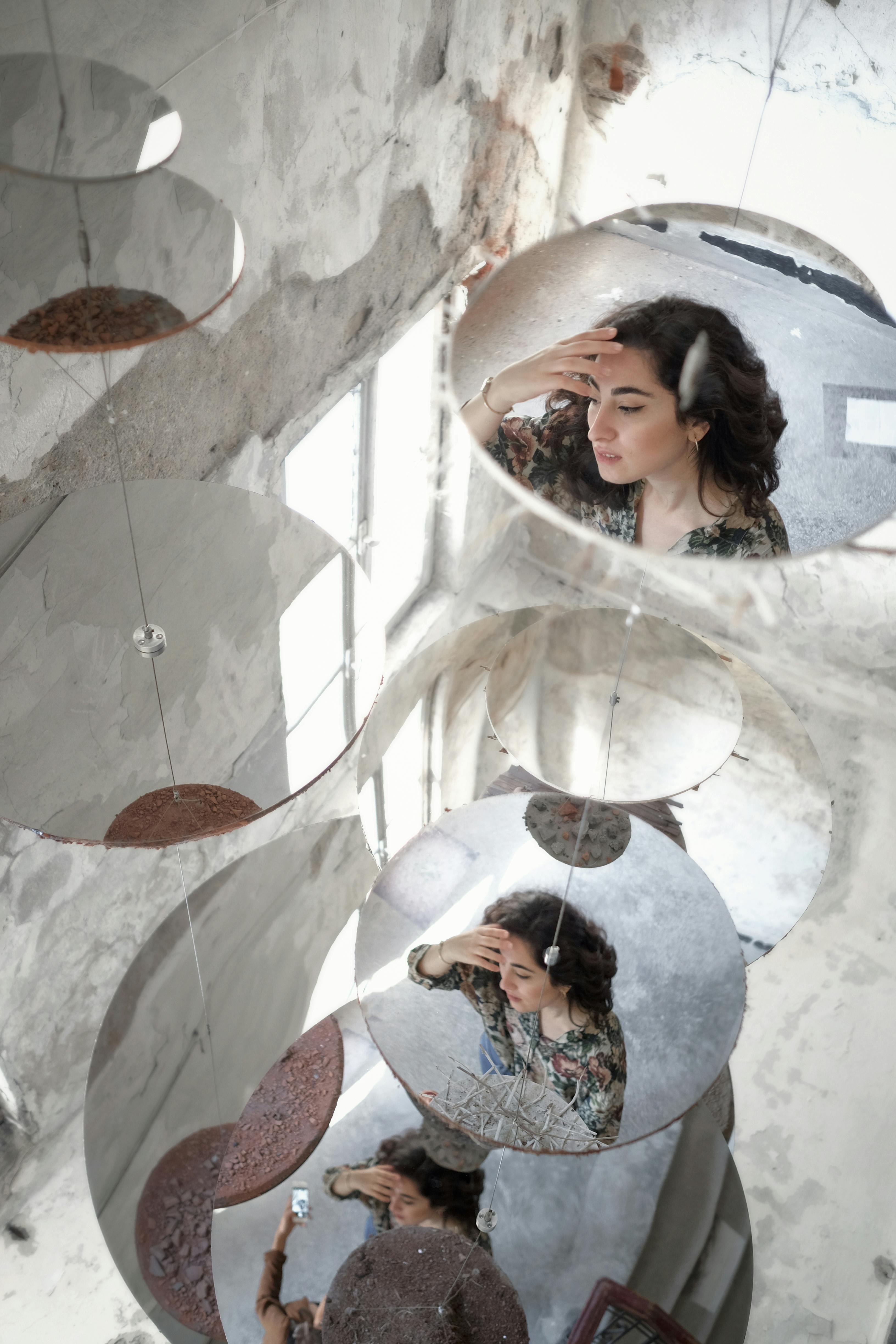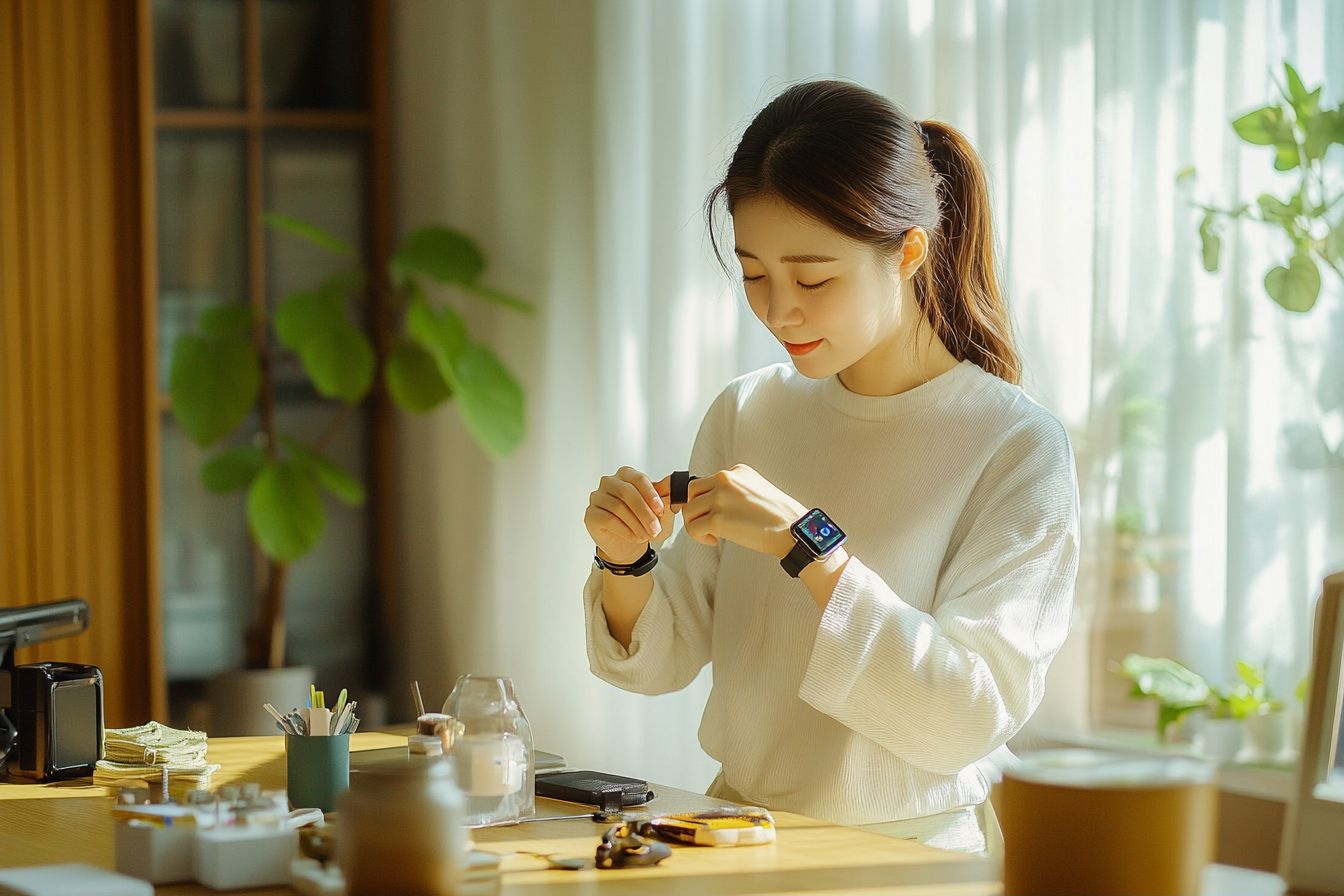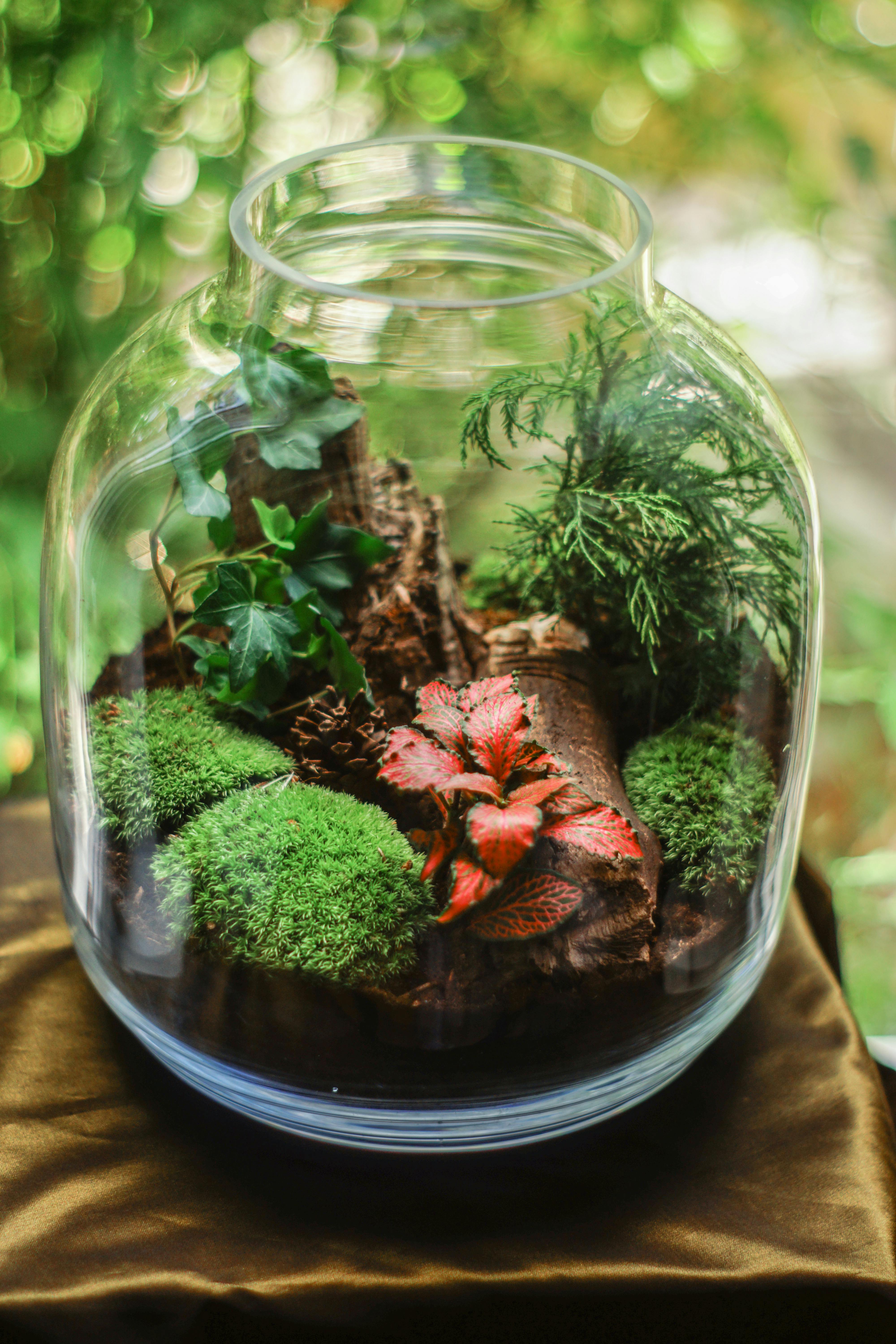Kaleidoscopic Interiors: Embracing Prism-Inspired Design
Imagine stepping into a room where walls shimmer with rainbow hues, furniture seems to change color as you move, and light dances across surfaces in mesmerizing patterns. This isn't a scene from a fantasy novel, but the latest trend captivating the interior design world: Kaleidoscopic Interiors. Inspired by the childhood toy that has fascinated generations, this bold design approach is transforming homes into vibrant, ever-changing spaces that delight the senses and elevate mood.

The roots of this trend can be traced back to the psychedelic art of the 1960s and the Memphis Group’s bold, colorful designs of the 1980s. However, today’s kaleidoscopic interiors take these influences and refine them with modern materials, technologies, and a more sophisticated aesthetic sensibility.
Key Elements of Kaleidoscopic Interiors
At the heart of kaleidoscopic design is the interplay of color, light, and reflection. Designers achieve this through a variety of methods:
-
Prismatic Materials: Surfaces that refract light, such as dichroic glass or iridescent tiles, are key components. These materials change appearance depending on the viewing angle and light conditions, creating a dynamic, ever-changing environment.
-
Color Gradients: Ombré effects and color transitions are used on walls, textiles, and even furniture to create a sense of fluidity and movement.
-
Geometric Patterns: Reminiscent of kaleidoscope imagery, bold geometric shapes and repeating patterns feature prominently in wallpapers, textiles, and art pieces.
-
Strategic Lighting: Carefully placed light sources, including color-changing LED systems, enhance the prismatic effects and create captivating shadow play.
-
Reflective Surfaces: Mirrors, polished metals, and glossy finishes are used to amplify light and color, expanding the visual space.
Implementing Kaleidoscopic Design in Your Home
While the idea of a fully kaleidoscopic interior might seem overwhelming, there are ways to incorporate this trend subtly or boldly, depending on your preference:
-
Start Small: Introduce prismatic elements through accessories like vases, lamps, or throw pillows with iridescent or color-shifting fabrics.
-
Feature Wall: Create a focal point with a wall covered in dichroic film or iridescent wallpaper. This can transform a room without overwhelming the entire space.
-
Statement Furniture: A single piece of furniture, such as a coffee table with a dichroic glass top or a chair upholstered in color-shifting fabric, can become a conversation starter.
-
Lighting Magic: Install color-changing LED strips behind furniture or along architectural features to add a kaleidoscopic glow that can be adjusted to suit different moods.
-
Artistic Touches: Incorporate artwork that plays with perception and color, such as holographic prints or sculptures made with prismatic materials.
The Psychology of Kaleidoscopic Spaces
The appeal of kaleidoscopic interiors goes beyond mere aesthetics. Research in color psychology suggests that vibrant, changing environments can have positive effects on mood and cognitive function. The dynamic nature of these spaces can stimulate creativity, reduce stress, and create a sense of wonder and playfulness.
However, it’s important to strike a balance. While too much visual stimulation can be overwhelming, thoughtfully designed kaleidoscopic elements can create an energizing and uplifting atmosphere. Many designers recommend using neutral base colors and introducing kaleidoscopic elements as accents to achieve this balance.
Sustainability in Kaleidoscopic Design
As with any design trend, sustainability is a growing concern. Fortunately, many aspects of kaleidoscopic design align well with eco-friendly practices:
-
Energy-Efficient Lighting: The LED systems often used in these designs are highly energy-efficient.
-
Longevity: The changeable nature of kaleidoscopic elements means spaces can feel fresh and different without requiring frequent redecorating.
-
Upcycling Potential: Old CDs, broken glass, and other reflective materials can be repurposed into kaleidoscopic art pieces.
-
Natural Materials: Some designers are exploring ways to create prismatic effects using natural, sustainable materials like treated wood or specially woven textiles.
The Future of Kaleidoscopic Interiors
As technology advances, we can expect to see even more innovative applications of kaleidoscopic design. Augmented reality could allow for virtual kaleidoscopic overlays in our spaces, while developments in smart materials might lead to surfaces that change color and pattern in response to touch, temperature, or even our moods.
The kaleidoscopic trend also reflects a broader shift in interior design towards more personalized, experiential spaces. As our homes increasingly become multifunctional environments for work, relaxation, and entertainment, the ability to transform a space through light and color becomes ever more appealing.
In conclusion, kaleidoscopic interiors offer a fresh, exciting approach to home design that balances playfulness with sophistication. By harnessing the magic of light, color, and reflection, this trend creates spaces that are not just visually stunning, but emotionally and psychologically uplifting. Whether embraced fully or incorporated in small doses, kaleidoscopic design elements have the power to transform our living spaces into dynamic, joy-inducing environments that continually surprise and delight.





